Phylum Chordata Order Pterosaurs | Class Reptilia Species †I. avatar Rank Genus | |
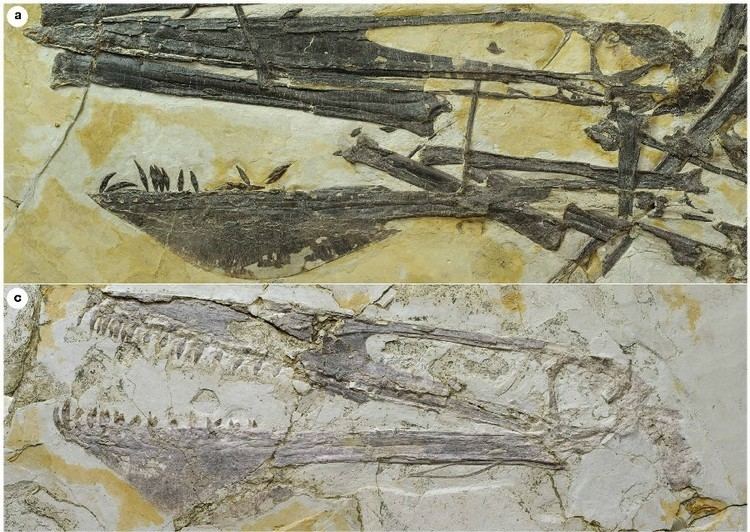 | ||
Similar | ||
Reportagem sobre o ikrandraco avatar
Ikrandraco ("Ikran [a flying creature from Avatar with a crest on the lower jaw] dragon") is a genus of pteranodontoid pterosaur known from Lower Cretaceous rocks in northeastern China. It is notable for its unusual skull, which features a crest on the lower jaw.
Contents
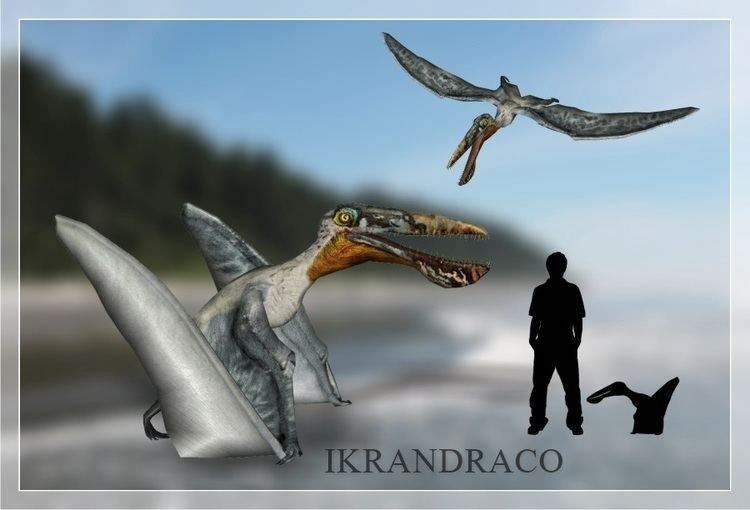
Description and classification
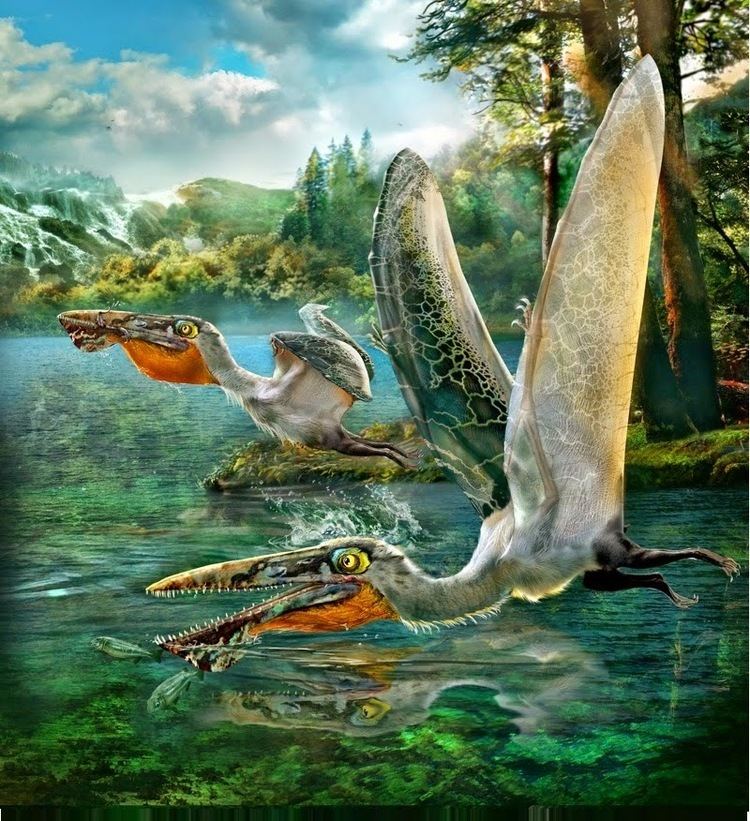
Ikrandraco is based on IVPP V18199, a partial skeleton including the skull and jaws, several neck vertebrae, a partial sternal plate, parts of both wings, and part of a foot. A second specimen, IVPP 18406, has also been assigned to Ikrandraco; it consists of a skull and jaws and the first three neck vertebrae. Both specimens come from the Aptian-age Lower Cretaceous Jiufotang Formation of Liaoning, with an estimated date of 120 million years ago. The type and only described species is I. avatar, a second reference to the movie Avatar. It was described in 2014 by Xiaolin Wang and colleagues.
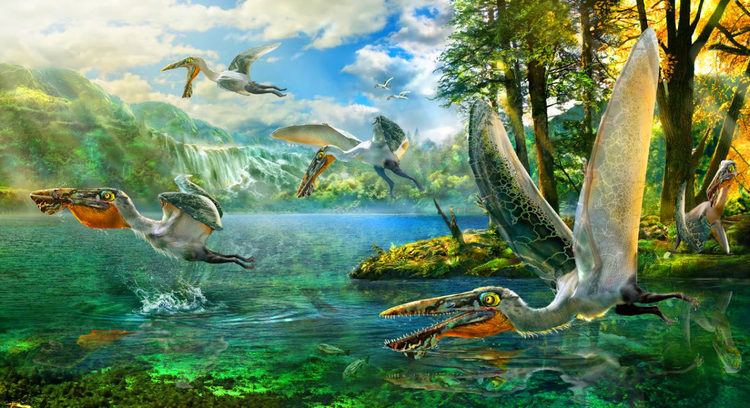
Ikrandraco is notable for having a very long, low skull (the height of the back of the skull, at the quadrates, is less than 19% the length of the skull), with a prominent blade-like crest on the underside of the lower jaw and no corresponding crest on the tip of the upper jaw, a crest combination not seen in other pterosaurs to date. The posterior edge of the crest also has a hook-like process. Each side of the upper jaw has at least 21 small cylindrical teeth, and each side of the lower jaw has at least 19. The skull of the type specimen is 286.5 millimetres (11.28 in) long, and the skull of the second specimen is at least 268.3 millimetres (10.56 in) long.
Wang et al. performed a phylogenetic analysis including Ikrandraco and found it to be a basal pteranodontoid, more derived than Pteranodon but not as derived as the istiodactylids, anhanguerids, and other pteranodontoids. The portion of their results dealing with Pteranodontoidea is shown below.
Paleobiology
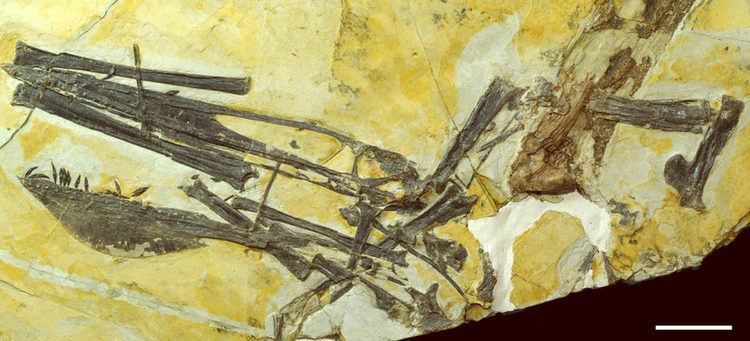
Wang et al. interpreted the crest as a possible adaptation for skim fishing, although they did not regard this as the animal's main method of foraging. The hook on the crest may have been an attachment point for a throat pouch for storing food, akin to a pelican. Ikrandraco was an approximate contemporary of distantly related anhanguerids Liaoningopterus gui and Guidraco venator, and all three are regarded as piscivores, but Ikrandraco differed from them in its much smaller and less robust teeth, indicating it had a different niche.

